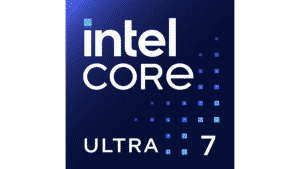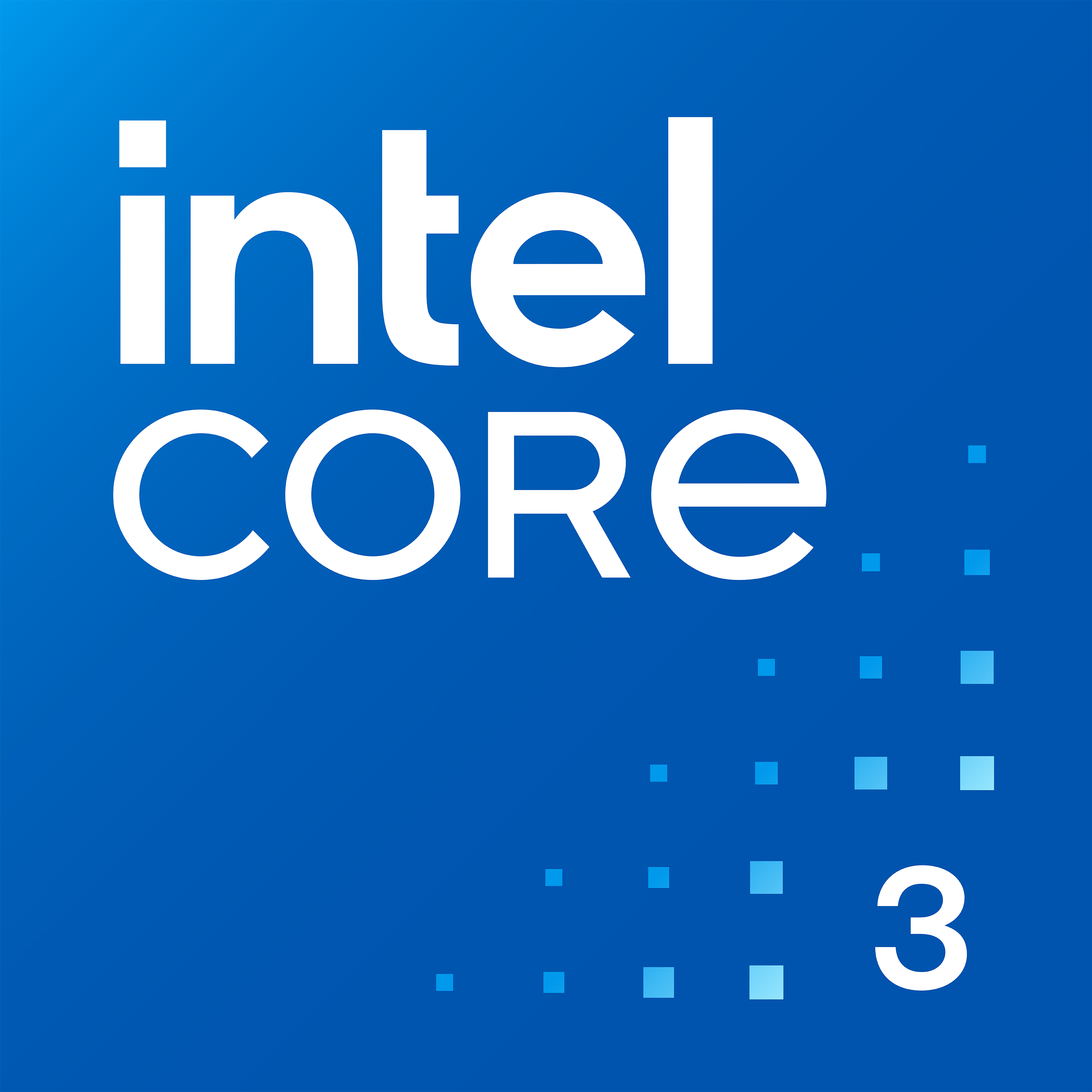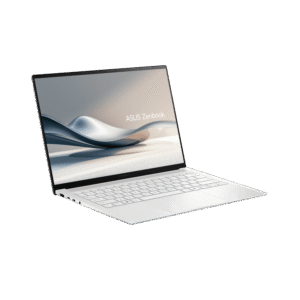Gadgetviza » Processors » Intel Core Ultra 7 258V
Intel Core Ultra 7 258V

Key Details for Intel Core Ultra 7 258V
- memory
Total Core No.
8 - screenshot_monitor
Max. Frequency
4.8 Ghz - width_normal
Technology
3 nm - storage
No of Threads
8 - developer_board
iGPU
Intel Arc Graphics 140V - hub
NPU
Intel AI Boost
Related Processor













Compare Related Processor
Detail Specification of Intel Core Ultra 7 258V
General | |
|---|---|
Brand?The manufacturer or company that produces the processor, such as Intel or AMD. The brand often signifies the processor's architecture and overall quality. | Intel |
Code Name?An internal name used by the manufacturer during the development of a processor architecture. It often indicates the generation or specific design of the processor. | Arrow Lake |
Series Name?The marketing name given to a specific family of processors within a brand's lineup, such as Intel Core i7 or AMD Ryzen 5. Series names help categorize processors based on performance and target market. | Intel Core Ultra Series 2 |
Model Name?The marketing name given to a specific family of CPUs within a brand's lineup, such as 'Intel Ultra 5' or 'Intel Ultra 7'. Model names help categorize CPUs based on performance and target market. | Intel Core Ultra 7 |
Instruction Set?The set of commands that a processor understands and can execute. Different instruction sets support varying levels of performance and compatibility with software. | 64-bit |
Launch Date | 09/2024 |
Vertical?The intended market segment or use case for the processor, such as desktop, laptop, server, or embedded systems. It indicates the processor's design and features tailored for specific applications. | Laptop |
CPU | |
|---|---|
Total No. of Cores?The total number of physical processing units within the processor. More cores allow the processor to handle multiple tasks simultaneously, enhancing multitasking performance. | 8 |
No. of P-Cores?The number of Performance cores (P-cores) within the processor. P-cores are designed for high-performance tasks and demanding applications. | 4 |
P-Cores Base Frequency?The standard operating speed of the Performance cores (P-cores), measured in gigahertz (GHz). It indicates the P-cores' baseline performance level. | 2.2 Ghz |
P-Cores Boost Frequency?The maximum speed a P-core can reach under heavy load, measured in gigahertz (GHz). It represents the P-cores' peak performance capability. | 4.8 Ghz |
No of LE-Cores?The number of Low Energy cores (LE-cores) within the processor. LE-cores are designed for very low power consumption and handling extremely light tasks. | 4 |
LE-Cores Base Frequency?The standard operating speed of the LE-cores, measured in gigahertz (GHz). It indicates the LE-cores' baseline performance level. | 2.2 Ghz |
LE-Cores Boost Frequency?The maximum speed an LE-core can reach under heavy load, measured in gigahertz (GHz). It represents the LE-cores' peak performance capability. | 3.7 Ghz |
No. of Threads?The number of virtual processing units a core can handle simultaneously. Threads enable a single core to process multiple instruction streams, enhancing efficiency. | 8 |
L1 Cache?The smallest and fastest cache memory level, located closest to the processor cores. It stores frequently accessed data for rapid retrieval. | 112 KB (per core) |
L2 Cache?A mid-level cache memory that provides a larger storage capacity than L1 cache. It stores data that is less frequently accessed than L1 but more frequently than L3. | 1.25 (per core) |
L3 Cache?The largest and slowest cache memory level shared by all processor cores. It stores data that is less frequently accessed than L2 but still needed for efficient operation. | 12 MB Intel Smart Cache |
L1 Cache(E-core)?The L1 cache memory dedicated to the Efficiency cores (E-cores). It stores frequently accessed data for rapid retrieval by the E-cores. | 96 KB (per core) LE-Core |
L2 Cache(E-core)?The L2 cache memory dedicated to the Efficiency cores (E-cores). It provides a larger storage capacity than the E-cores' L1 cache. | 2 MB (per module) LE-Core |
Multiplier?A factor that determines the processor's clock speed by multiplying the base clock frequency. It influences the overall operating speed of the processor. | 22x |
Unlocked Multiplier?Indicates that the processor's multiplier can be adjusted, allowing for overclocking to increase performance beyond the default specifications. | No |
Perfomance Score | |
|---|---|
Cinebench R23 (Single core)?Measures a CPU's single-core performance using Cinema 4D's rendering engine | 1887 |
Cinebench R23 (Multi core)?Multi-Core: Evaluates a CPU's multi-core performance, utilizing all cores for rendering | 16824 |
Cinebench 2024 (Single Core)?Tests single-core efficiency using Redshift rendering engine | 110 |
Cinebench 2024 (Multi Core)?Assesses multi-core performance with Redshift rendering over a 10-minute test | 1212 |
Geekbench 6 (Single Core)?Benchmarks a CPU's single-threaded performance in real-world tasks | 2688 |
Geekbench 6 (Multi Core)?Measures multi-core processing power across various workloads | 14324 |
Package | |
|---|---|
Technology?The process used to create the processor, measured in nanometers (nm). Smaller manufacturing processes typically result in more efficient and powerful processors. | 3 nm |
Base Power Consumption?The typical power consumption of the processor under normal operating conditions, measured in Watts (W). It indicates the processor's energy efficiency. | 17 watt |
Max. Power Consumption?The maximum amount of power the processor can consume under heavy load, measured in Watts (W). It represents the processor's peak power usage. | 37 watt |
Socket?The physical interface on the motherboard where the processor is installed. The socket type determines compatibility between the processor and motherboard. | FCBGA2833 |
Max. Temperature?The maximum safe operating temperature for the processor, measured in degrees Celsius (°C). Exceeding this temperature can lead to performance degradation or damage. | 100 °C |
IGPU | |
|---|---|
IGPU Name?The specific name given to the integrated Graphics Processing Unit (IGPU) by the processor manufacturer. It identifies the IGPU's architecture and capabilities. | Intel Arc Graphics 140V |
Base Frequency?The standard operating speed of the IGPU, measured in megahertz (MHz). It indicates the IGPU's baseline graphics processing power. | 0.3 GHz |
Boost Frequency?The maximum speed the IGPU can reach under heavy graphics load, measured in megahertz (MHz). It represents the IGPU's peak graphics performance. | 1.95 GHz |
Shading Units?The number of processing units within the IGPU responsible for rendering graphics. More shading units generally result in better graphics performance. | 1024 |
Execution Units?The number of parallel processing cores within the IGPU. These units execute graphics instructions, and a higher number typically indicates better graphics performance. | 128 |
IGPU Power?The overall graphics processing capability of the integrated GPU. This is measured by how well it can handle graphical tasks, such as video playback and light gaming. | 64 Tops |
NPU | |
|---|---|
NPU Name?The specific name given to the Neural Processing Unit (NPU) by the processor manufacturer. It identifies the NPU's architecture and AI processing capabilities. | Intel AI Boost |
NPU TOPS?The processing power of the NPU, measured by how fast it can perform AI and machine learning operations. Higher NPU performance leads to faster AI-powered features. | 47 |
Display & Memory Support | |
|---|---|
Memory Support?The types and speeds of RAM that the processor is compatible with. It specifies the maximum amount and speed of RAM that can be used with the processor. | LPDDR5X up to 8533 MT/s |
Max. Display Resolution Support?The highest resolution that the processor's integrated graphics or the processor in conjunction with a dedicated GPU can output to a display. It indicates the maximum visual fidelity the processor can support. | 7680 x 4320 @ 60Hz |
Features | PCI Express, Intel Gaussian & Neural Accelerator 3.5, Intel Neural Processing Unit, Intel Volume Management Device, Intel Virtualization Technology, Intel APIC Virtualization |
Product Link | Intel |
Overview: Intel Core Ultra 7 258V Processor
The Intel Core Ultra 7 258V, based on the Arrow Lake architecture, is a cutting-edge processor designed for lightweight and efficient laptops. Boasting a hybrid 8-core configuration, Intel Arc Graphics 140V, and state-of-the-art AI features, this processor blends high performance and energy efficiency. Its compact design makes it ideal for laptops intended for multitasking, media, and productivity.
Features and Specifications
Core Configuration and Multitasking Power
- Total Cores: 8 (4 Performance Cores (P-Cores) + 4 Low-Efficiency Cores (LE-Cores))
- P-Cores:
- Base Frequency: 2.2 GHz
- Boost Frequency: 4.8 GHz
- LE-Cores:
- Base Frequency: 2.2 GHz
- Boost Frequency: 3.7 GHz
- P-Cores:
The processor’s hybrid architecture leverages P-Cores for demanding tasks, such as creative software and multitasking, while utilizing LE-Cores for lightweight background operations, ensuring smooth performance and efficient energy use.
Intel Arc Graphics 140V Integration
- Base Frequency: 0.3 GHz
- Boost Frequency: 1.95 GHz
- Shading Units: 1024
Intel Arc Graphics 140V enhances the processor’s multimedia capabilities, providing vivid visuals and seamless rendering for streaming, light gaming, and creative applications.
Memory and Display Compatibility
- Memory Support: LPDDR5X (up to 8533 MT/s)
- Maximum Display Resolution: 7680 x 4320 @ 60Hz
With ultra-fast memory support and compatibility with 8K displays, this processor is designed for seamless multitasking and an exceptional visual experience.
Thermal Management and Power Efficiency
- Base Power Consumption: 17 watts
- Maximum Power Consumption: 37 watts
Developed with a 3nm manufacturing process, the Intel Core Ultra 7 258V ensures superior energy efficiency and effective thermal regulation, enabling long-lasting performance for ultraportable laptops.
AI Optimization
- Neural Processing Unit (NPU): Intel AI Boost
- Performance Power: 47 TOPS
The inclusion of Intel AI Boost delivers intelligent system optimization, enabling adaptive multitasking, real-time application enhancements, and AI-powered functionality.
Use Cases for Intel Core Ultra 7 258V
1. Lightweight Productivity Machines
The processor’s energy-efficient design makes it an excellent choice for ultraportable laptops, offering extended battery life and reliable performance for office tasks and everyday use.
2. Multimedia Entertainment and Gaming
With Intel Arc Graphics 140V, users can enjoy smooth media playback, immersive streaming, and casual gaming experiences, ensuring high-quality entertainment.
3. Seamless Multitasking Laptops
Its hybrid core design ensures effortless multitasking, supporting diverse workflows, such as virtual meetings, data processing, and creative tools, without sacrificing speed or efficiency.
4. AI-Enhanced Smart Applications
Intel AI Boost powers advanced features, including adaptive system optimization, real-time enhancements, and voice recognition, offering a more intelligent and intuitive user experience.
Updated:










